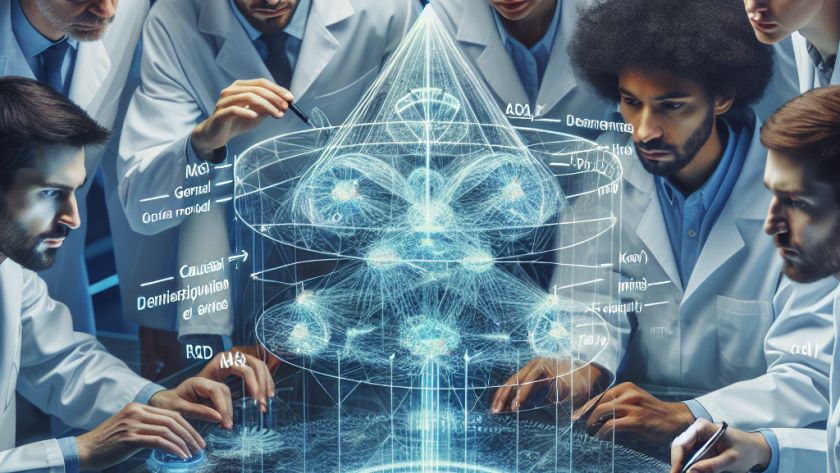Creating comprehensive and detailed outlines for long-form articles such as those found on Wikipedia is a considerable challenge due to issues in capturing the full depth of the topic, thus leading to shallow or poorly structured articles. This pivotal problem originates from systems' inability to ask the correct queries and source information from a variety…












